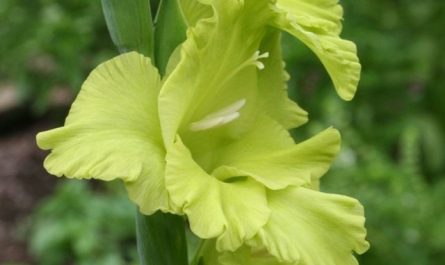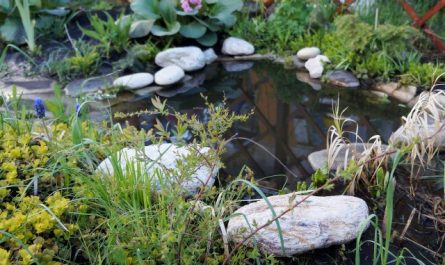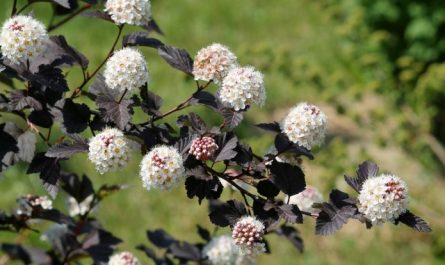Annual aster, or more correctly, Chinese aster, belongs to the family of Compositae. In the wild, it grows in the regions of Northern and Eastern China, in the Mongolian People’s Republic, in Korea, Japan, and in Primorsky Krai. The name aster comes from the Greek word “aster”, which means star.

© Mazé Parchen
For their beautiful inflorescence structure and unpretentiousness in cultivation, asters have been cultivated in many countries of the world for a long time. In our country, asters can be found in all natural zones. If in the south they bloom in August – September and bear fruit normally, then in the conditions of the middle zone they do not always have time to finish vegetation before the onset of frost, and then only the first, central inflorescences have time to form seeds. In the northern zones, where the vegetation period is limited by late spring and early autumn frosts, aster seedlings are pre-grown in greenhouses or hotbeds. When the danger of frost has passed, they are planted in open ground.

© Mirian Guarnieri
To obtain viable seeds, gardeners often have to resort to special techniques. To do this, frames with a film coating are made over the seed areas, insulation methods are used, or the plants are dug up with a lump and transferred to a greenhouse or room. To speed up the process of seed ripening, only the inflorescence of the central shoot is left on the plant, removing all the lateral ones. Sometimes even in a vase with water, seeds can “ripen”. This requires: changing the water, trimming the ends of the stems, removing rotting lower leaves.
Asters tolerate transplantation relatively well not only at a young age – as seedlings, but also in the budding phase and during flowering. This allows them to be successfully used in urban landscaping, transplanting at any time of the year into flower beds and flower gardens, and with the onset of cold weather – into pots and polyethylene containers, landscaping premises. In greenhouse conditions, observing temperature and light factors, it is not difficult to make asters bloom for the New Year or on March 8. In this case, tall varieties are used, which can be formed into one stem.

© Vivek’s photos




















